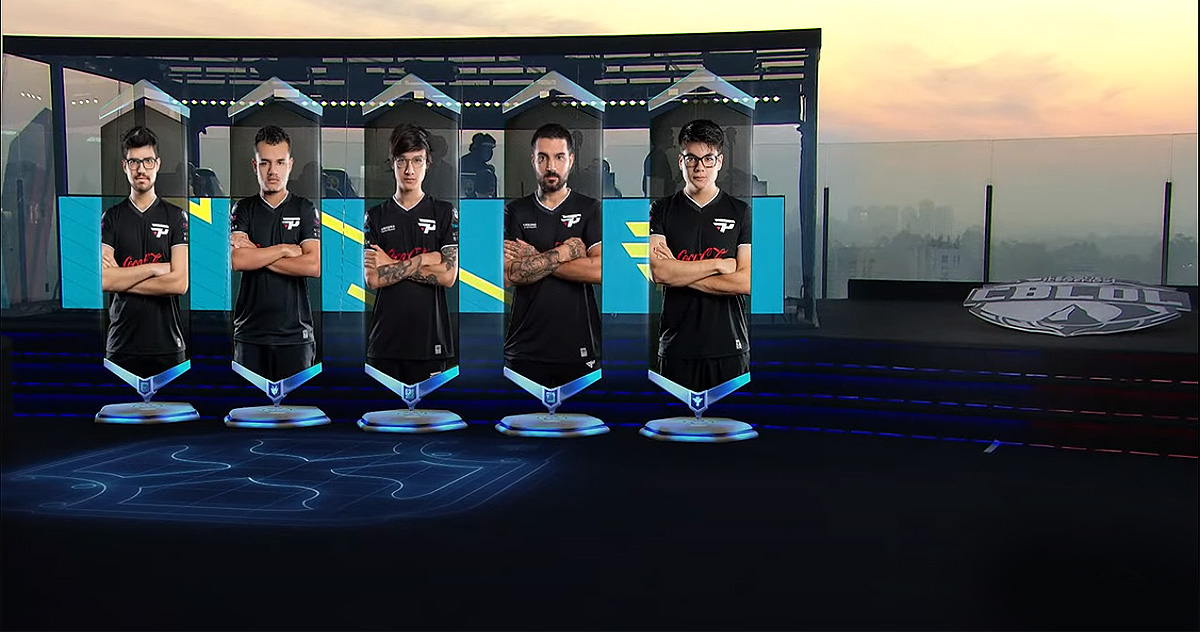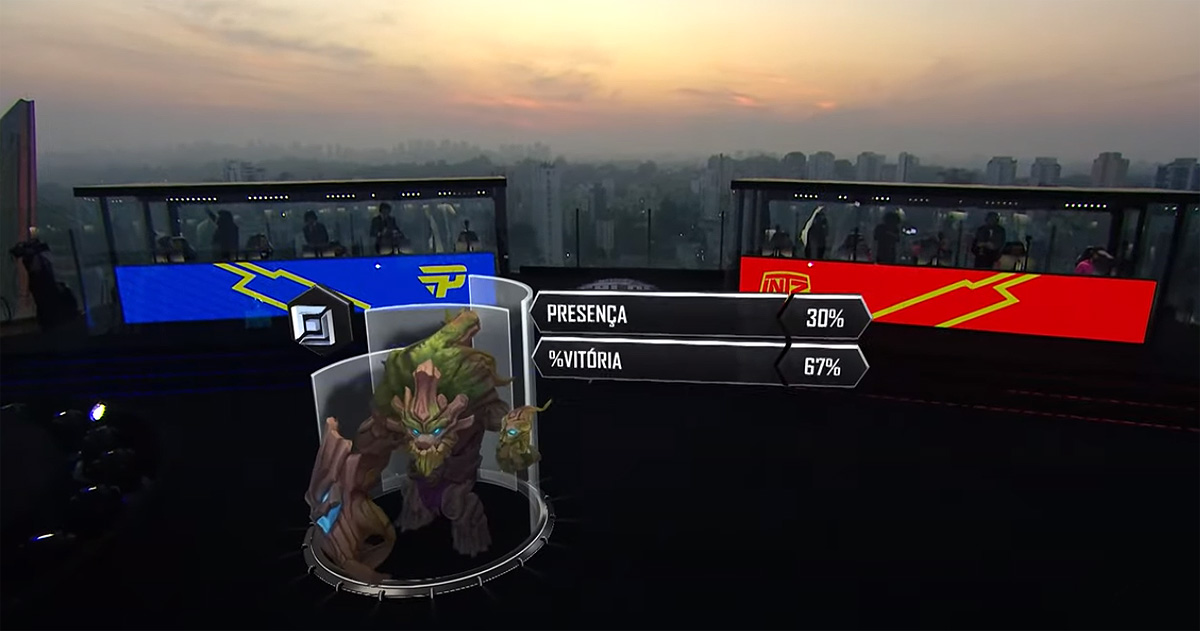Column: Is the esports broadcasting bubble about to burst?

Subscribe to NCS for the latest news, project case studies and product announcements in broadcast technology, creative design and engineering delivered to your inbox.
In the past decade, esports has gone from niche industry to mainstream staple; just five years ago, more people watched the League of Legends world finals (43 million viewers) than the NBA Finals Game 7 (31 million viewers). This year in particular, we’ve been hearing murmurs about whether the esports bubble is about to burst. But consider this…
According to recent reports, esports viewership is expected to grow at a rate of 9 percent per year between 2019 and 2023, thanks in part to the popularity of titles like Fortnite and expanded coverage from mainstream outlets like ESPN. But even before it became a broadcast spectacle, the industry was on a growth trajectory. Who could forget Atari’s Space Invaders World Championship, which attracted over 10,000 competitors before the internet even existed? Although live sports events may have taken a hit due to the COVID-19 pandemic, esports is stronger than ever due to three main drivers: demographic changes, diversification of content and the rise of 5G.
More fans, more revenue
One silver lining to the pandemic has been big increases in players, fans and engagement. Newzoo’s recent esports report proved what many of us saw coming: global lockdowns have resulted in increased viewership across all major platforms. In the annual report from the Entertainment Software Association (ESA), nearly 80 percent of participants reported that esports offer stress relief and relaxation. It just makes sense: when you’re locked down, what better way to release some tension? And though the pandemic will eventually subside, this new audience is expected to stick around, with sustained growth hitting 920M by 2024.
The thing to remember is that this growth is two-pronged. It’s not just about the players; it’s also about the fans that watch the players, which is where much of the revenue comes from. Twitch personalities like Ninja can bring in nearly 100,000 concurrent viewers in one stream. And according to the ESA, the average age of esports enthusiasts has steadily ticked up over the years, now falling in the 35-44 age range — the largest consumer spending group and a prime audience for advertisers.
More content, more creativity
The emergence of streaming platforms gave the esports industry a boost, followed by further expansion when it was adopted by mainstream TV platforms. Now, due to the relatively low barrier to entry, we are seeing smaller games publishers trying their hand. Almost every genre has a competitive online multiplayer option these days, and a quick search shows that hundreds of small tournaments take place daily for relatively unknown titles, any one of which could break out and become the next big thing. It all comes down to marketing.
As anyone in the industry knows, the past year has been a challenge. Navigating city, state and country-wide restrictions — while also tasked with the challenge of keeping people safe — esports brands had to get creative. Many tournaments moved online but struggled to match the energy of an in-person event. In Brazil, we helped Riot Games bring the League of Legends championship tournament to life on the rooftop of a high-rise in downtown São Paulo, with the city lights glittering in the background. The striking, unexpected location surprised and thrilled viewers, who were used to seeing the event in a gymnasium or stadium, and they talked about it for weeks afterwards.

We are also seeing the line between gaming and “real sports” blur quite a bit. With live events off the table, sports franchises have had to think outside the box. Take the Formula E “Race at Home Challenge,” where players can compete against professional drivers — in some cases even beating them. It’s a smart, fun way to increase fan engagement and, due to its popularity, is likely to stick around post-pandemic. Which all goes to show that, with a good idea and the right tech, anything is possible.
More access, more growth
When we look back at the evolution of smartphones, we can see those changes directly impact the popularity of esports; current estimates are that 45-50 percent of gaming is done on mobile platforms. As 5G rolls out across the world, it is expected to proliferate fastest in APAC and further open up the mobile gaming and esports markets in both participation and viewership. The stereotypical image of the obsessed teenage gamer with multiple screens and a massive headset has been replaced by millions of people on their phones—in line at the deli, riding the bus or wherever they happen to be.
So, the esports bubble isn’t going to burst any time soon. But if it’s really a growth market, where will it grow fastest? We believe it will broadly follow the console market, driven by the launch of new hardware and updates to major franchise titles. Strong growth will continue in APAC, North America and Europe, which have been the top three regions over the past two years, but we’re also keeping an eye on Latin America, as emerging markets are often the best place for brands to experiment with new ideas.
Subscribe to NCS for the latest news, project case studies and product announcements in broadcast technology, creative design and engineering delivered to your inbox.




tags
Esports, Formula E, Mike Ruddell, Ncam, Newzoo, Riot Games, Twitch
categories
Creative Freedom, Esports Broadcasting and Production, Featured, Thought Leadership, Voices